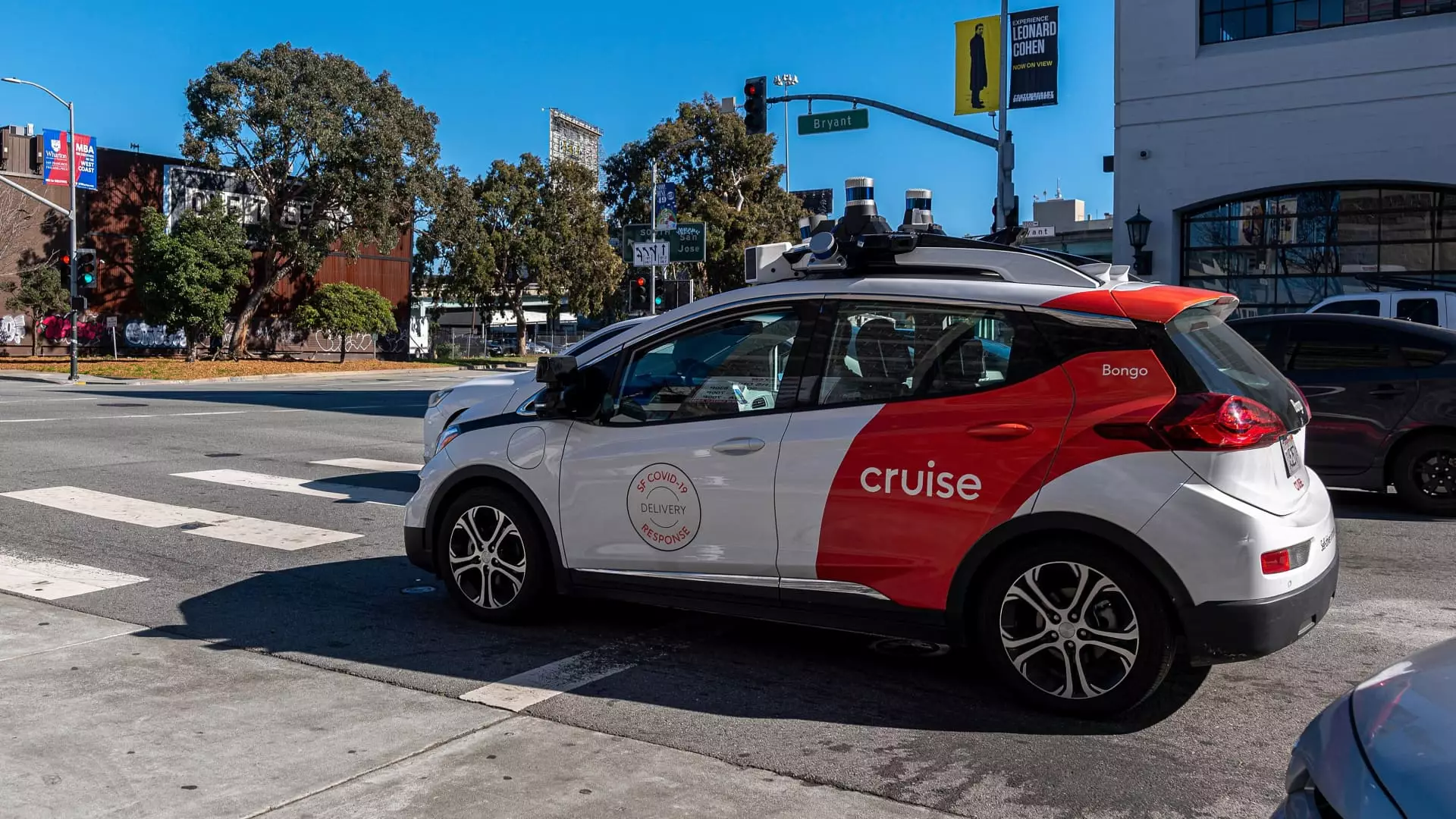General Motors’ Cruise self-driving vehicle unit is set to redeploy cars on U.S. roadways on Tuesday, marking a significant milestone since October. The decisions are being made after the company suspended operations following a tragic accident where a pedestrian in San Francisco was injured by a Cruise robotaxi. The relaunched vehicles will not function as robotaxis but will be utilized to create maps and gather road information. Specifically, the reemergence will begin with a small fleet of human-driven vehicles in Phoenix, indicating a cautious approach by the company.
Following the suspension of operations in 2023, Cruise has focused on rebuilding trust with regulators and the communities it serves. The company has made significant progress under new leadership, implementing recommendations from third-party experts and fostering closer partnerships with local communities. It emphasizes a commitment to continuous improvement in its safety protocols amidst regulatory challenges and public scrutiny. By relaunching with human drivers and prioritizing safety, Cruise aims to validate its self-driving systems as it progresses towards resuming driverless operations.
A third-party investigation commissioned by GM and Cruise into the October incident identified culture issues, ineptitude, and poor leadership as contributing factors to regulatory oversights. While the probe dispelled claims of a coverup by Cruise leadership, it presented recommendations for enhancing safety and compliance measures. Cruise has acknowledged the findings of the report and vowed to act on all suggestions to prevent future incidents. The company is actively cooperating with state and federal investigations by agencies such as the California DMV, the National Highway Traffic Safety Administration, and the U.S. Department of Justice.
In addition to operational adjustments, Cruise has undergone significant changes in its leadership structure. The co-founders, including CEO Kyle Vogt, resigned, and several key executives were removed from their positions. Furthermore, the company has downsized its workforce by laying off 24% of employees and reducing the number of contractors. These strategic shifts aim to streamline operations, strengthen oversight, and enhance accountability within the organization.
Looking ahead, Cruise has not provided a definitive timeline for resuming driverless operations or expanding human-driven vehicles to other cities. The company remains focused on improving safety standards, fostering regulatory compliance, and rebuilding public trust in its self-driving technology. As it navigates the complexities of autonomous vehicle deployment, Cruise is committed to transparent communication, collaborative partnerships, and responsible innovation in the mobility sector.
General Motors’ Cruise self-driving vehicles are poised for a reemergence on U.S. roadways, starting with a limited fleet of human-driven vehicles in Phoenix. By prioritizing safety, regulatory compliance, and organizational reform, Cruise aims to validate its self-driving systems and advance towards its driverless mission. The company’s commitment to continuous improvement, transparency, and accountability signals a new era of innovation and responsibility in the autonomous vehicle industry.


Leave a Reply
You must be logged in to post a comment.